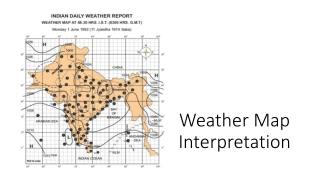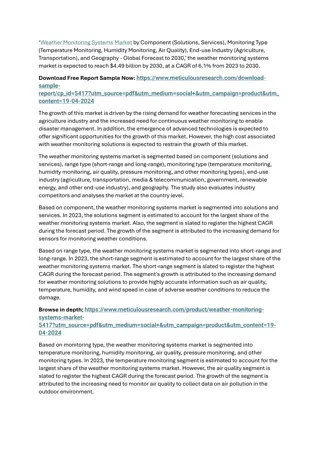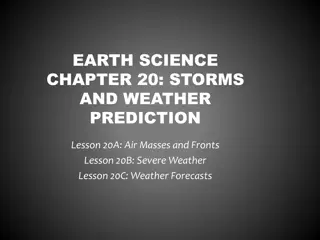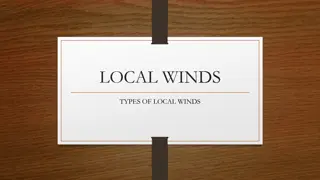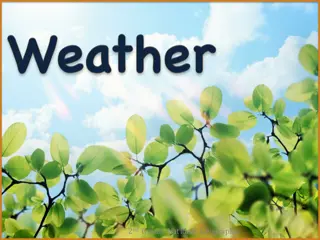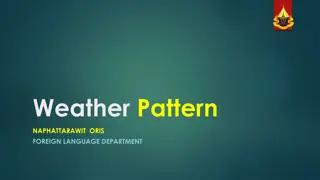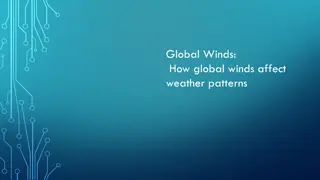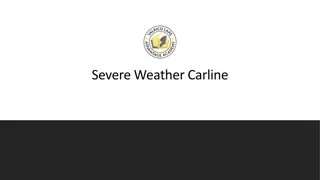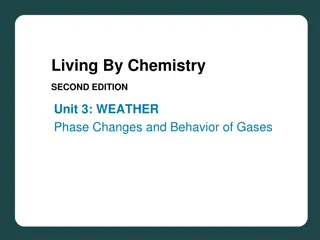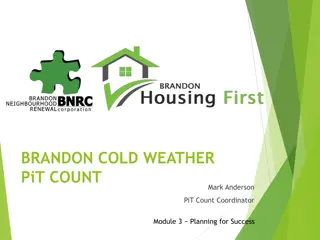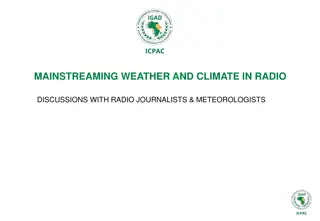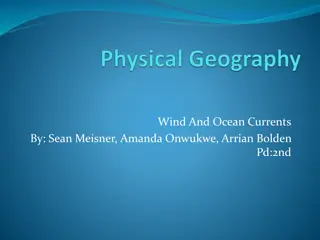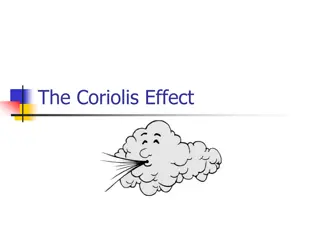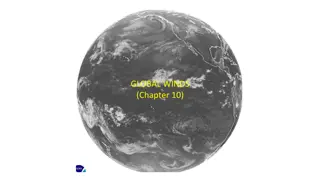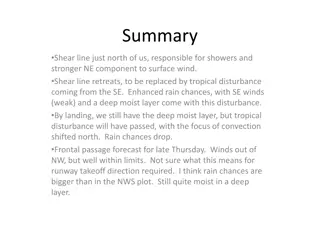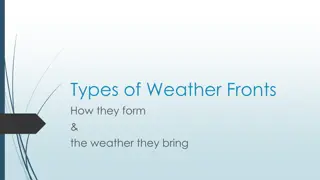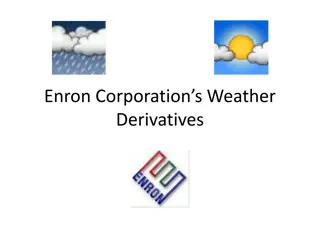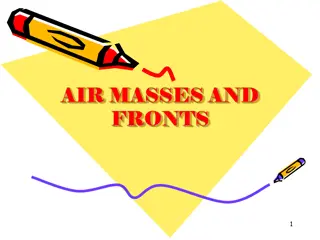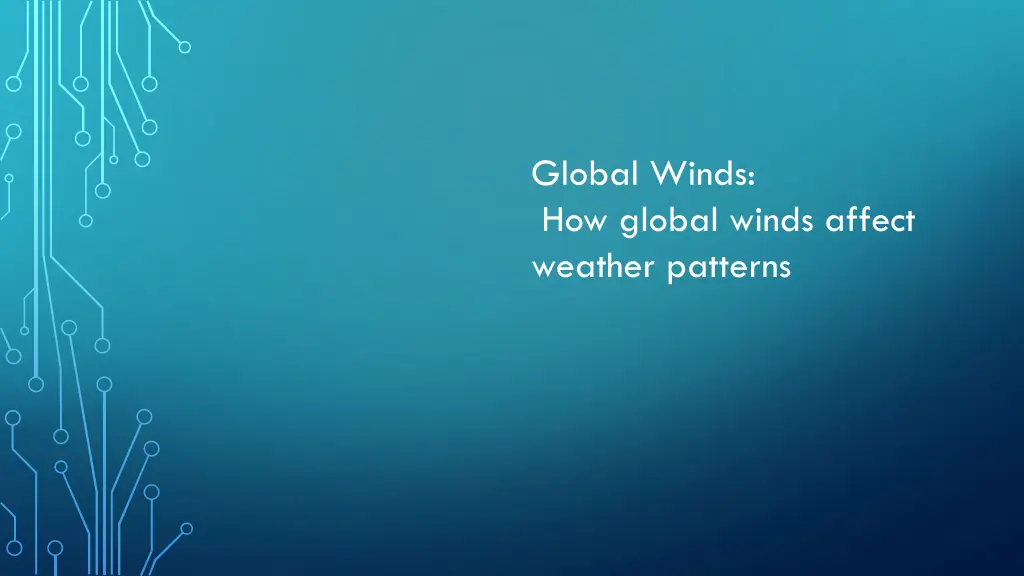
Understanding the Impact of Global Winds on Weather Patterns
Discover how global winds influence weather patterns, from their movement between areas of high and low pressure to the Coriolis effect. Learn about the polar easterlies, prevailing westerlies, trade winds, and how the prevailing westerlies affect weather in the US.
Download Presentation

Please find below an Image/Link to download the presentation.
The content on the website is provided AS IS for your information and personal use only. It may not be sold, licensed, or shared on other websites without obtaining consent from the author. If you encounter any issues during the download, it is possible that the publisher has removed the file from their server.
You are allowed to download the files provided on this website for personal or commercial use, subject to the condition that they are used lawfully. All files are the property of their respective owners.
The content on the website is provided AS IS for your information and personal use only. It may not be sold, licensed, or shared on other websites without obtaining consent from the author.
E N D
Presentation Transcript
Global Winds: How global winds affect weather patterns
Global Winds - A current is a flow of air or water in a certain direction.
Global Winds - Winds move from areas of high pressure to low pressure. - You might expect them to move straight from the poles (high pressure) to the equator (low pressure)but
Global Winds -The paths of global winds curve because earth is spinning on an axis. - This is called the Coriolis effect.
Global Winds -In the northern hemisphere winds traveling north curve to the east. -Winds traveling south curve to the west. -Weather forecasters use this information to predict how air masses will move.
-Polar Easterlies are winds that blow from east to west between 60 degrees and 90 degrees latitude. -Prevailing Westerlies are winds that blow West to East between 30 degrees and 60 degrees latitude.
-Trade Winds are winds that blow from east to west between o degrees and 30 degrees latitude. -The doldrums are the area directly at the equator where there is no wind at all.
-The Prevailing Westerlies primarily affect the weather in the US. -This is why air masses move from West to East in the US.

